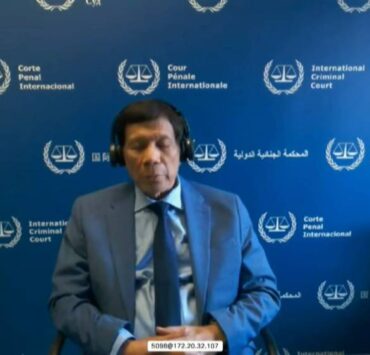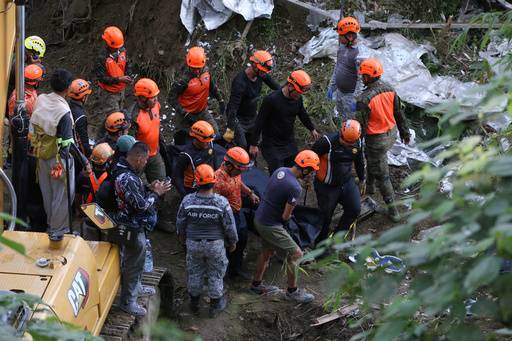Baguio breathes new life into Marcos Sr. livelihood project
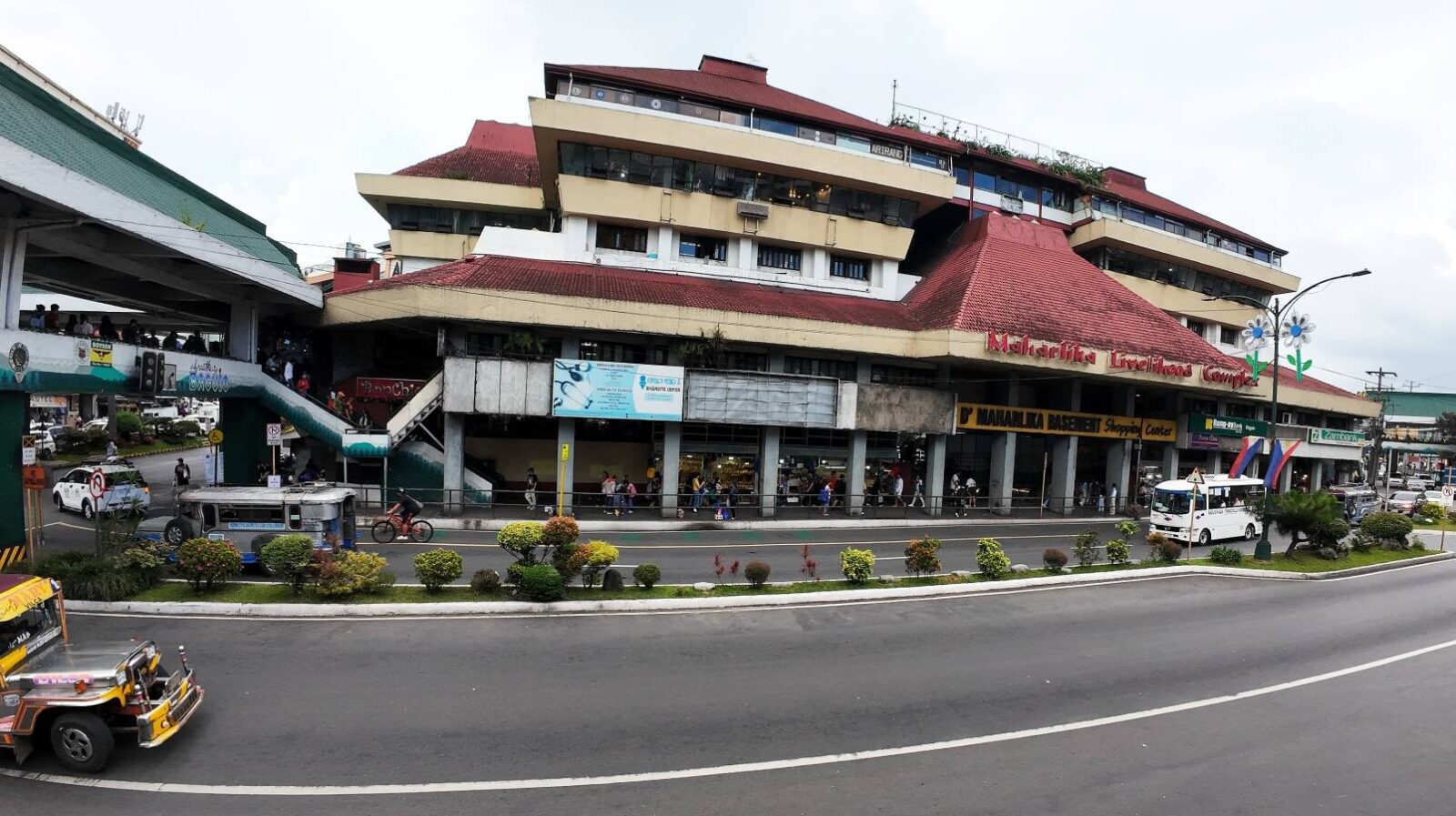
BAGUIO CITY—Originally established by former first lady Imelda Marcos, the half a century-old Maharlika Livelihood Complex, the first “mall” and lifestyle hub in Baguio, will finally get a much-needed restoration work.
The property was officially turned over to the city government at the end of May, after the 50-year lease of the Maharlika Livelihood Complex by the Department of Agriculture (DA) lapsed in April.
Maharlika is the last surviving project of the former Ministry of Human Settlements, which Mrs. Marcos headed as minister during the martial law years. It was formally relinquished to Baguio Mayor Benjamin Magalong on May 28 by the DA, which had custody of the facility intended for small businesses.
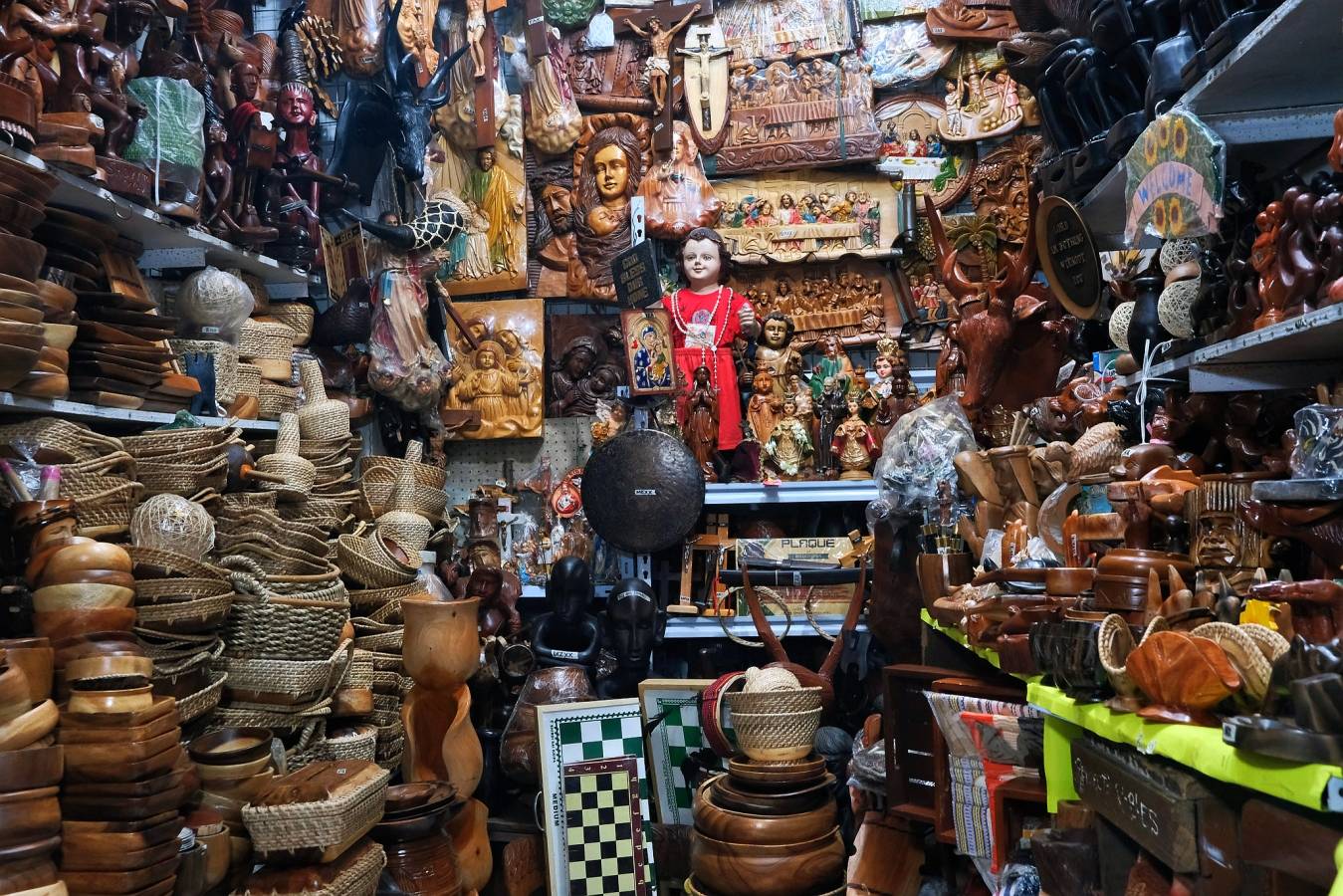
Magalong said President Marcos, Mrs. Marcos’ son, requested that the facility’s original design and purpose be restored.
Maharlika’s prominent roofline, inspired by the Cordillera mountains and the Ifugao rice terraces, echoes the architecture of the Baguio Convention Center, which was built by the first Marcos administration to host the prestigious 1978 world chess championship between Grandmasters Anatoly Karpov and Viktor Korchnoi.
During a city council dialogue with Maharlika’s tenants on June 19, Magalong said the first task was to bring order to the building—starting with the replacement of its broken escalators and resolving lease agreements with investors that no longer align with the city’s development plans.
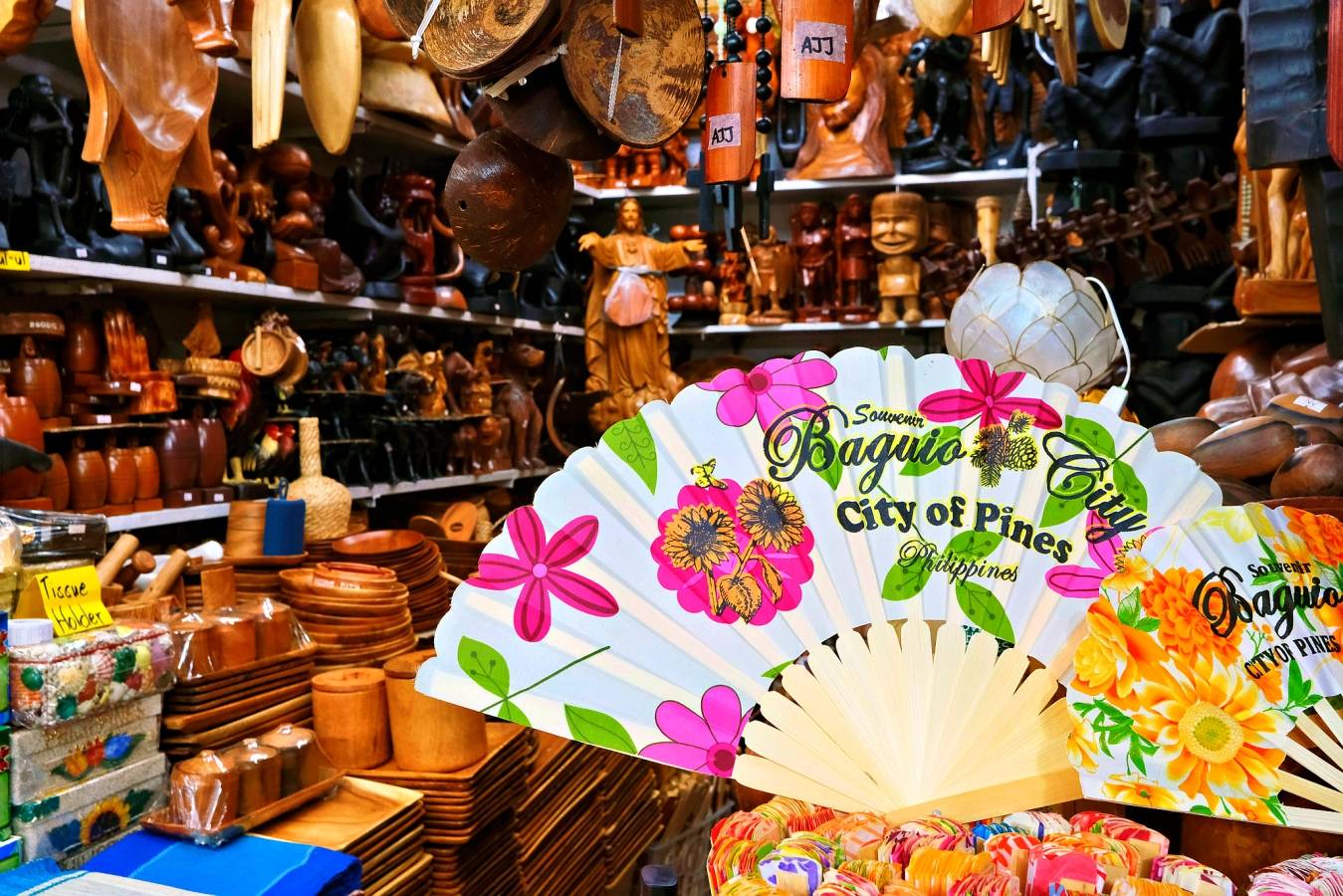
City Budget Officer Leticia Clemente said Maharlika was being repurposed into a creative hub for Baguio, the country’s first city to be declared a Creative City for Crafts and Folk Art by the United Nations Educational, Scientific and Cultural Organization in 2017.
In the 1970s and 1980s, bottles of strawberry jam, woven blankets and woodcraft and antiques were the staple souvenirs brought home by visitors to Baguio.
These items were often sourced from a network of shops collectively known as “Marbay,” which still exists within the Maharlika complex.
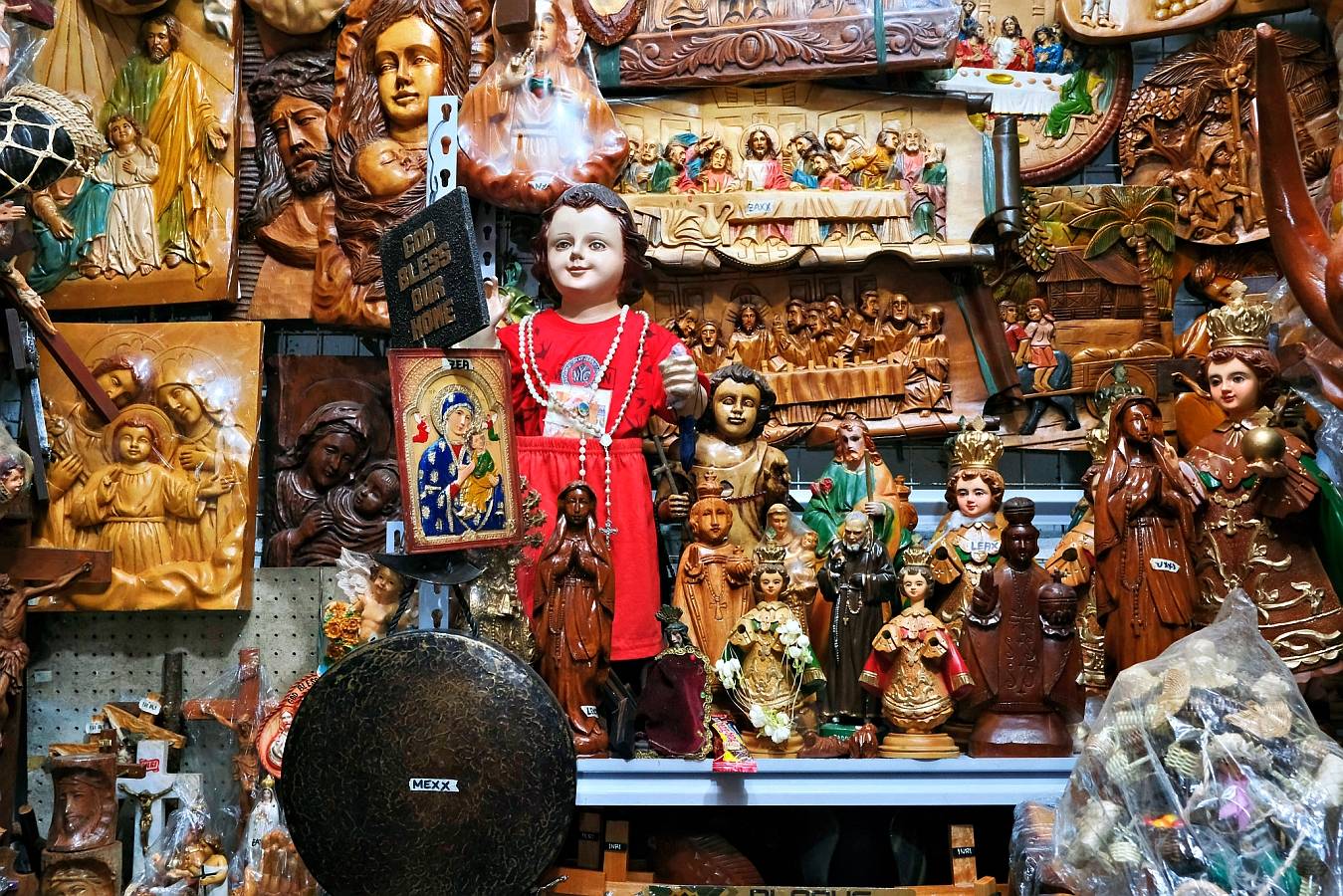
Stone market
Maharlika stands on the site of Baguio’s original stone market, constructed in 1917 as a trading depot by “German prisoners of war” during World War I, when the Philippines was under American colonial rule.
Baguio itself was designed and built by the Americans in 1909. The market, located in the Ibaloy javjavan (blacksmith area), served Benguet Ibaloy, Kankanaey, Bontoc and lowland traders who brought their goods to the mountain city by bull cart.
Named for the boulders dug up by the prisoners to build its foundation, the stone market was damaged in 1945 by American bombers during the city’s liberation from the Japanese. It was rebuilt in the 1950s but was ultimately destroyed by a huge fire in 1970.
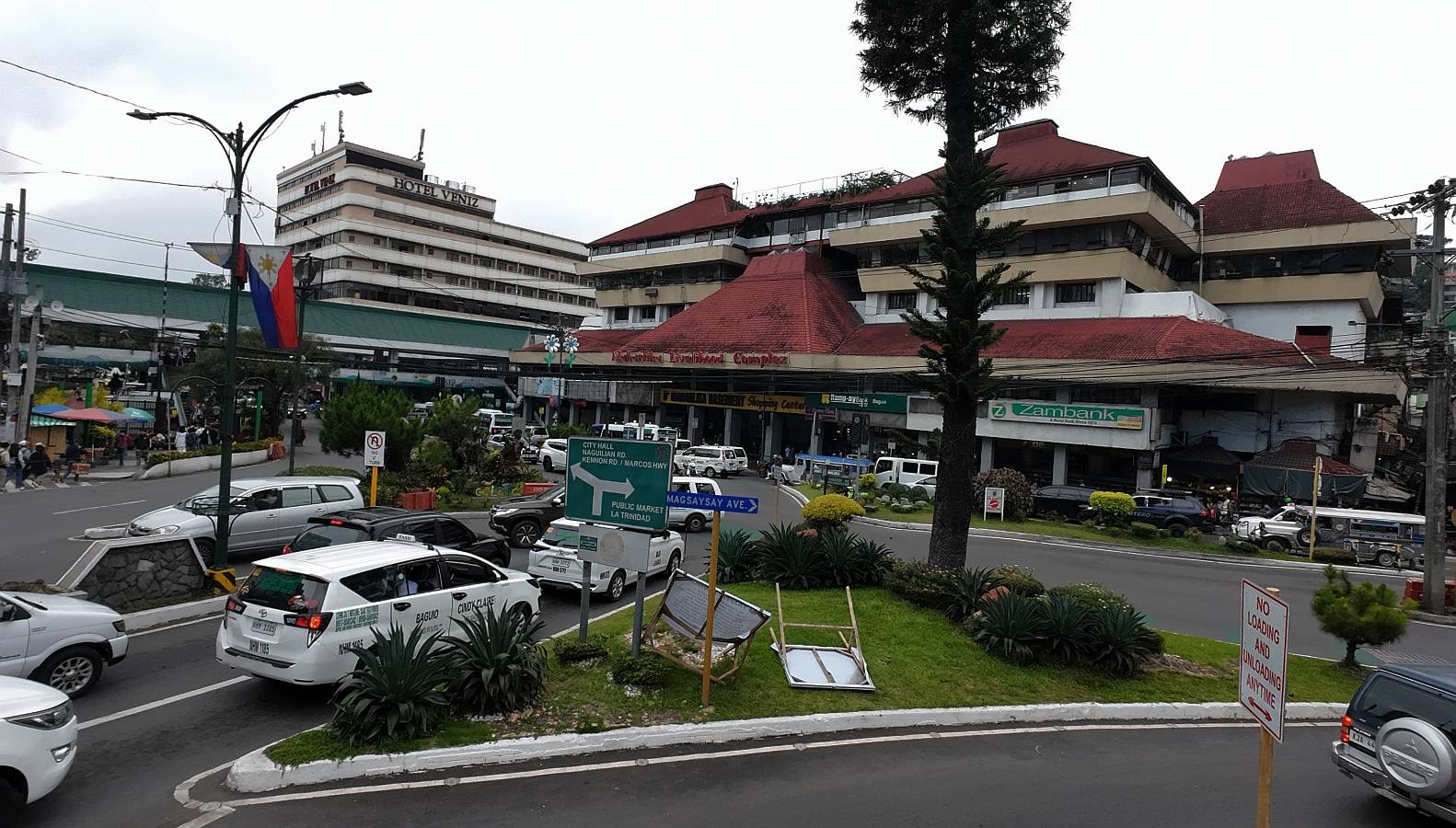
A stone eagle from the old market, recovered and returned by the late Councilor Narciso Padilla during Baguio’s 2009 Centennial celebration, now stands at Maharlika’s main entrance.
After the 1970 fire, displaced vendors were relocated to Marbay. Their descendants say that the traditional crafts sold there helped support their families and fund their children’s education.
Childhood playground
Lawyer Marita Maranan Sandiego and retired Judge Cristeta Caluza, who attended the June 19 dialogue, recalled being among the children who once ran around the market, which served as their childhood playground.
Marbay eventually became home to craftsmen, silversmiths, basket weavers, Ifugao woodcarvers and Cordillera textile artists who catered to American soldiers stationed in military bases in Pampanga, Tarlac and Baguio’s Camp John Hay.
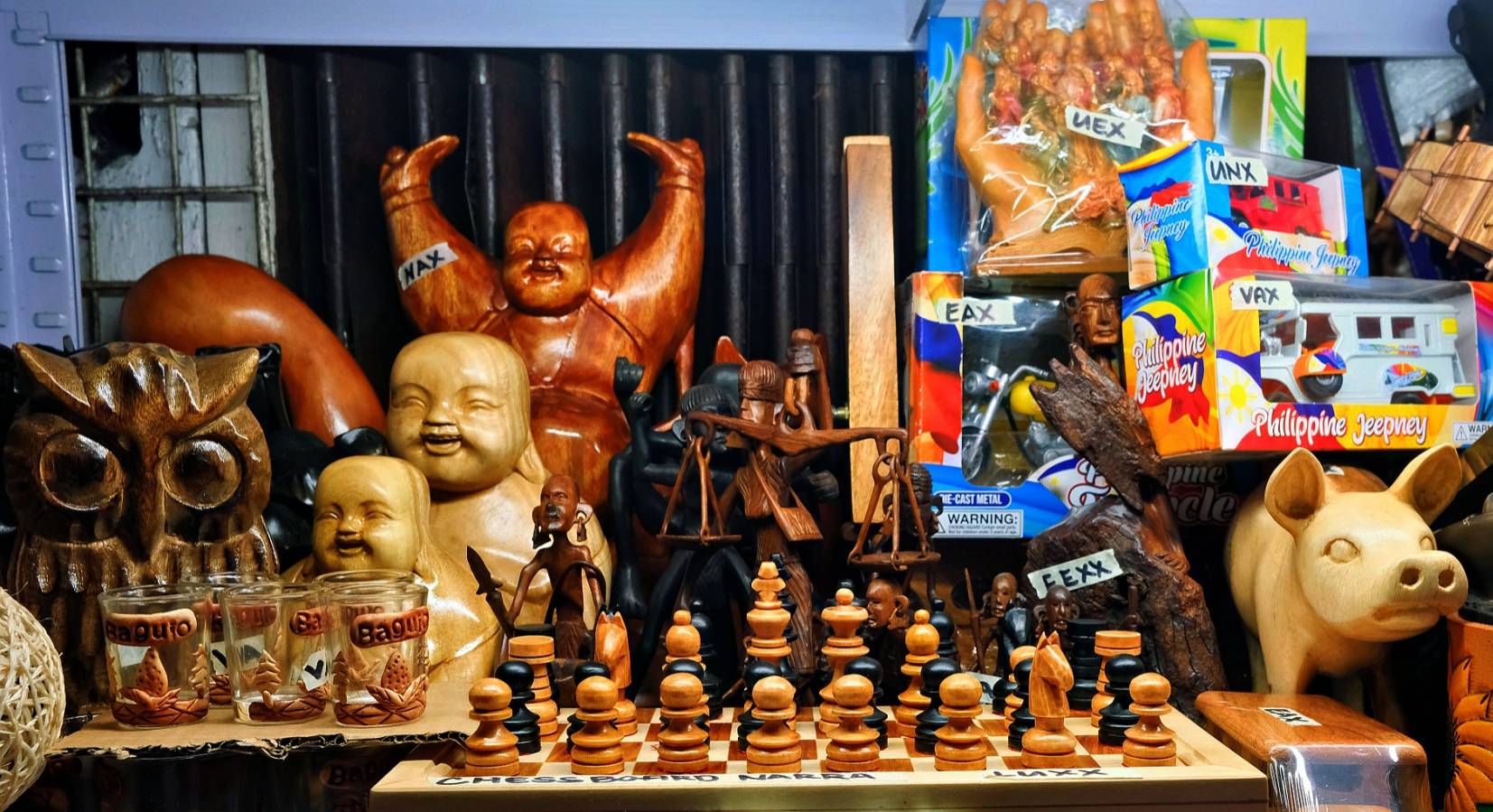
Over time, Filipino tourists also developed the habit of purchasing Baguio-made souvenirs during holidays in the the mountain resort city.
Marbay was later sold to the Ministry of Human Settlements, which built the Maharlika Complex. The now-defunct ministry is represented by the Human Settlements Development Corp. (HSDC), which remains under the supervision of the DA.
First escalators
Baguio old-timer Marian Catedral-King recalled that the city’s elite used to frequent Maharlika, drawn not only by the premium shops of the time but also by the antique collections found in Marbay.
One of Maharlika’s original attractions was its set of escalators—the first in the city—which have long since stopped working.
Robert Arevalo, a retired general and current HSDC general manager, said attempts were made to reactivate the escalators, but the machines were too outdated.
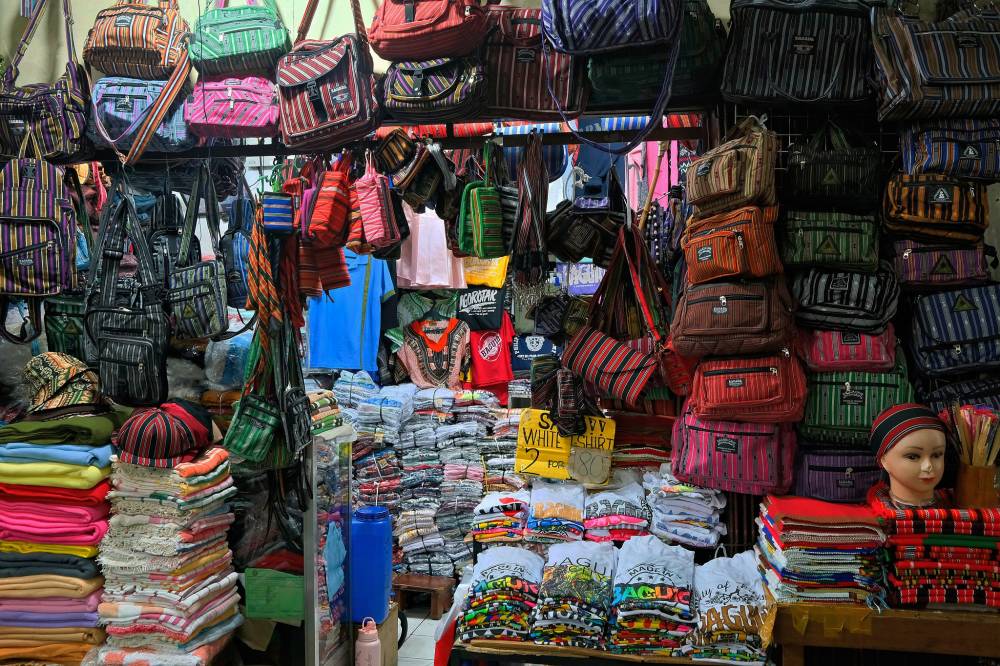
Magalong said the city had opted to replace them and would also install an elevator to improve accessibility.
A P25-million interim fund was approved by the city council on May 26 to support Maharlika’s operations during its transition. However, Councilor Jose Molintas, who led the public consultation, noted that refurbishing the aging structure may require up to P300 million.
Currently, 958 Maharlika stallholders count the city government as their new landlord.
Because some stalls obstruct access ways and portions of the parking lot, City Planning, Development and Sustainability Officer Donna Tabangin said tenants would be reallocated to designated zones, with artisans and craftsmen taking the ground floor. Many shops blocking alleys have already been closed.
Dispute
City Legal Officer Althea Alberto confirmed that all business contracts within the premises were terminated when the lease expired. Notices to vacate were issued to major investors who had previously developed portions of Maharlika and subleased them to small tenants.
Magalong noted that Baguio’s market code prohibits subleasing in government-run properties.
However, this triggered backlash. A lawyer-investor appealed for more time—until yearend—to recover their capital, arguing that an ordinance should be passed to govern Maharlika’s operations, since it does not fall under existing market code provisions.

Some tenants also disclosed that tensions have risen between sublessors and sublessees, following announcements that current occupants would be eligible for new contracts.
Magalong said the city was facilitating small group dialogues to address tenant concerns and shared issues.
During the May 26 city council session, Clemente described Maharlika as “an excellent business venture,” noting it had earned around P20 million in recent years, despite setbacks like the 1990 Luzon earthquake and the COVID-19 pandemic.
Magalong said Maharlika’s earnings could grow to P80 million under the city management.














